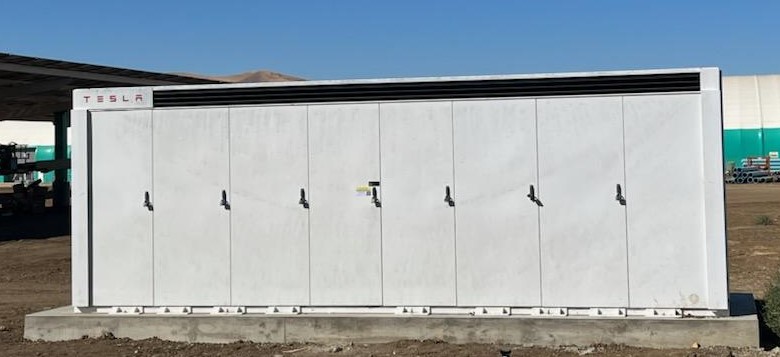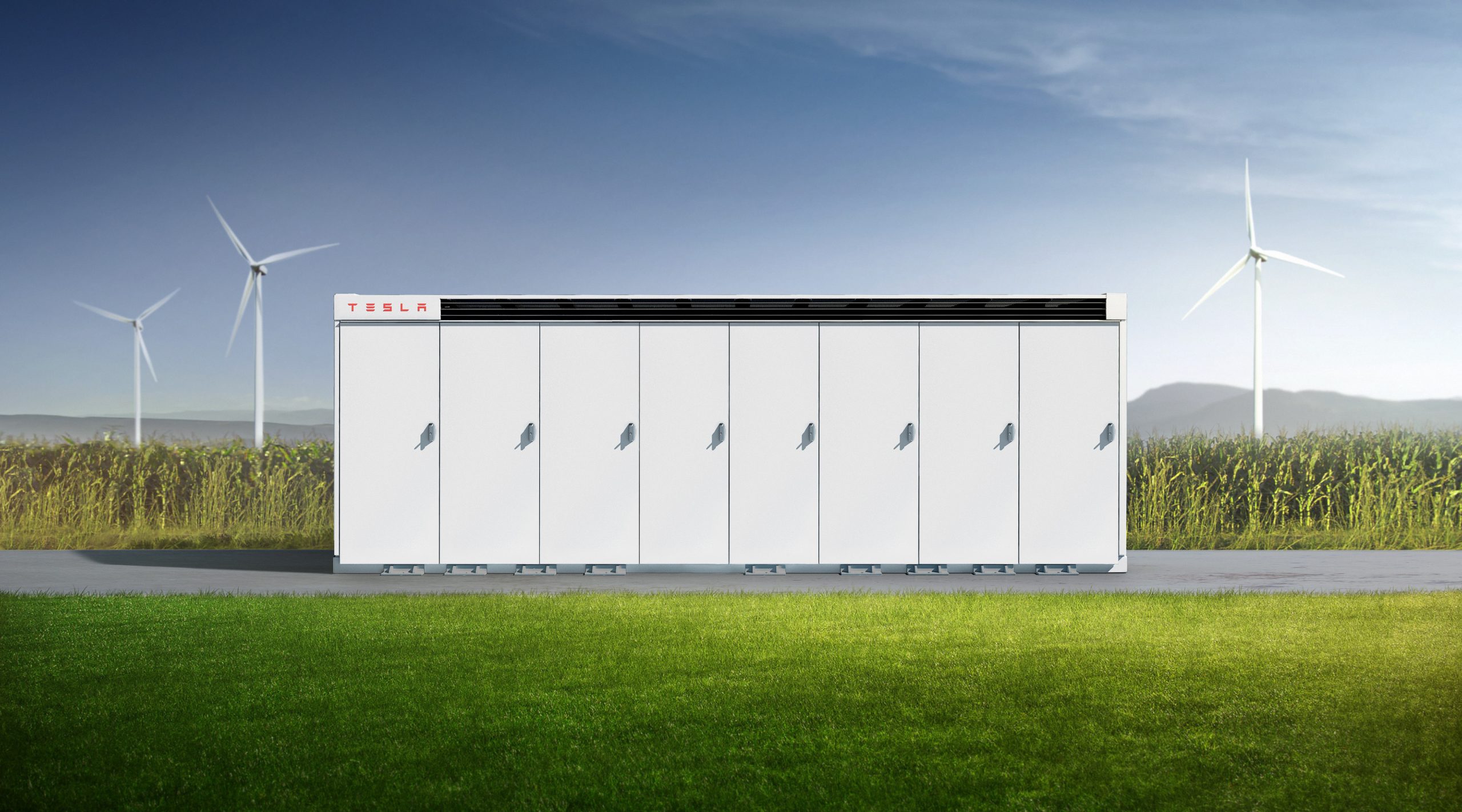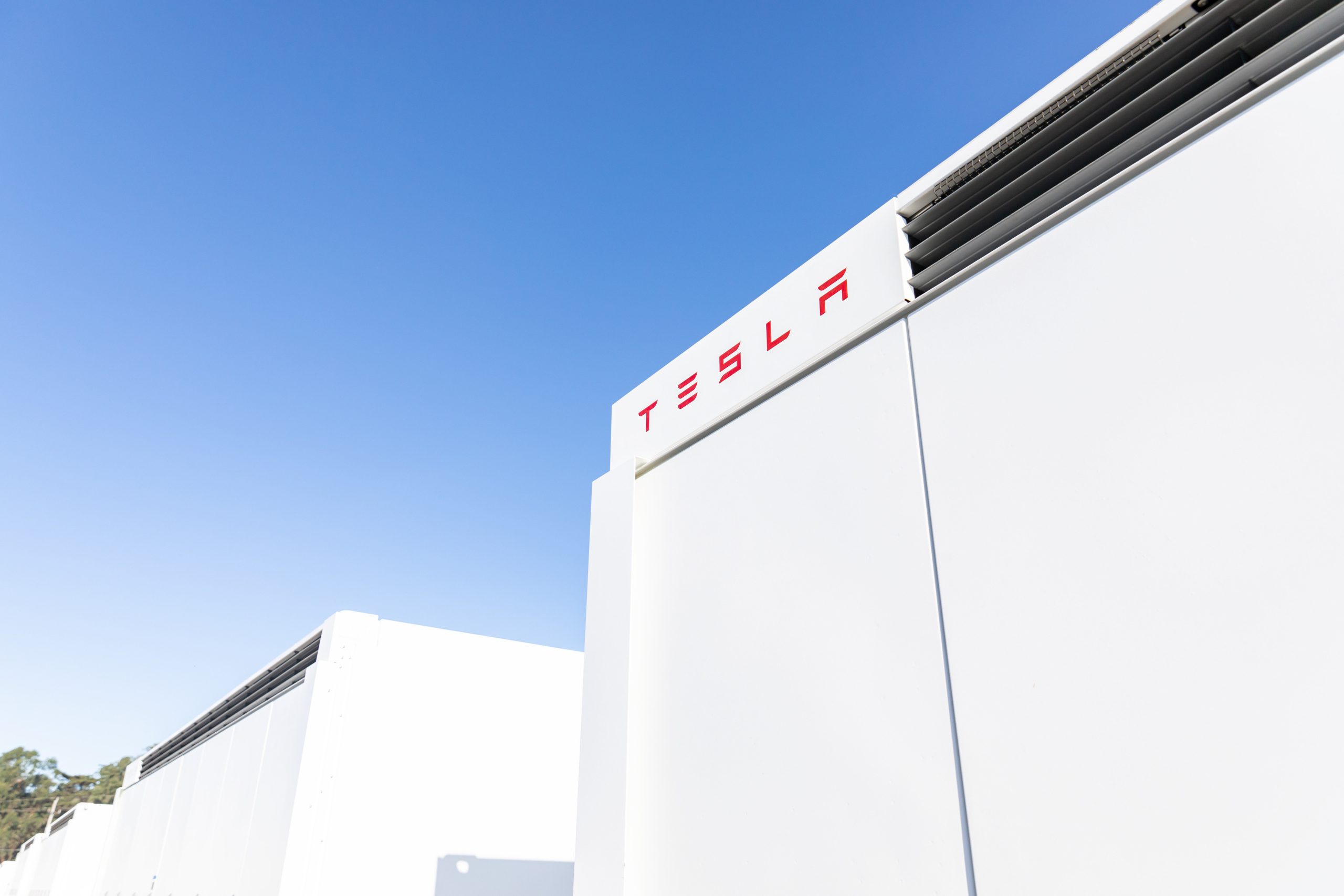A Tesla Megapack is powering a large housing factory completely off-grid in Patterson, California, with energy from a large array of on-site, PVGraf solar panels. The factory isn’t connected to the local power grid, and this is the first time a Tesla Megapack has been deployed and running completely off-grid. The system has been operating without any issues since November.

S2A Modular, a tech company that manufactures modular homes, tiny houses, and more that run on direct-current (DC) power, owns the Tesla Megapack, and its president and cofounder, John Rowland, granted Teslarati an exclusive interview. The company is also in the business of addressing housing for the homeless as well as making luxury homes and single-family homes.
John Rowland, S2A Modular’s president, and cofounder, granted Teslarati an exclusive interview. He shared with Teslarati that the company has 35 facilities, with five currently under construction and Tesla Megapacks on order. The first one in Patterson, California, is completely off the grid, and John has been working with Tesla to monitor its progress.
The delivery and installation of the Tesla Megapack, John explained, was “very smooth.” All of the infrastructure was in place, and it only took a couple of days to install the battery.
John told Teslarati that the reason why he went with Tesla is that he is a huge fan of both Tesla and Elon Musk. Initially, he had planned to buy the Tesla PowerPacks but by the time the factory came to fruition, Tesla Megapacks were available. As a homebuilder, he wanted to build homes that run on batteries. John said that engineered and built the second off-grid Tesla-powered home in North America.
“When I built that home, I decided I wanted to scale and build homes that were meant to run on batteries because this is how that house was engineered and built. It was the lowest voltage, lowest amperage home on the planet.”

John realized that in order to scale, he would need a factory and wanted to take the same approach that he has taken to engineering and building the homes and “engineer and build a factory that was made to run off-grid.
The hundred thousand-square-foot factory has no gas, or propane, only graphene solar panels, and a Tesla Megapack. “And no connection to the electrical grid.”
John pointed out that he has had a good relationship with Tesla since 2015, and once the Megapacks were available, he ordered one for each of the facilities.
“We’ve got the first one in Patterson, California, and it’s been up and running a little over a month now. And it’s running like a champ. The whole factory’s powered off-grid, and it’s a huge success, so we’re looking to carry it over to our next facilities.”
John and his team and Tesla are monitoring the battery three times a day since it is completely off-grid. At first, there was a little hesitation on Tesla’s part for installing a completely off-grid Megapack, but John was able to win them over, and things are going smoothly.
“This is the first time that a Megapack was programmed to run off-grid. They’re set to take a trickle charge from the grid 24/7, and it took some convincing to get Tesla to allow us to do it this way. At first, they said, ‘you’re a couple of years ahead of us,’ but they finally agreed to allow us to do it, and now they’re using it as beta. They’re monitoring it just like we are.”
“One of Tesla’s head engineers that we work with told us that when we powered it up, it would take four days for our solar to charge the battery fully. We did it in seven and a half hours.”

John explained that the solar panels his company uses are made with specially manufactured graphene solar panels. “They’re the only company in the world using graphene, and they have 20 worldwide patents on it. At S2A, we paid and file our own UL( Underwriter Labs) to have our own UL-rated panel produced.”
When asked about feedback, John explained that he talks to Tesla’s engineers regularly and provides updates on the battery’s performance.
“It’s quite to our surprise It’s a 1.4-megawatt battery, and we’re able to keep it about 90% even with all of our equipment running. It’s really working better than our expectations.”
One thing John wasn’t expecting was the surplus of energy. He actually plans to connect the Megapack to the grid next year so that he can discharge the excess power and help take some of the burdens away from the local grid.
“Our inverters are shutting off every day because we’re producing more power than we can use. Our factory is actually net-positive, and we will start contributing back to the grid next year.”
“We’ve got the battery set right now–when it reaches 97% capacity, the inverter shuts down and stops producing power. We’ve been monitoring it three times a day, and it’s been shutting off every day. Even with the factory running at full speed, we still produce excess energy.”
John added that he also purchased the Tesla Semi and plans to use them to deliver homes to customers.
Disclosure: Johnna is a $TSLA shareholder and believes in Tesla’s mission.
Your feedback is welcome. If you have any comments or concerns or see a typo, you can email me at johnna@teslarati.com. You can also reach me on Twitter at @JohnnaCrider1.
Teslarati is now on TikTok. Follow us for interactive news & more. Teslarati is now on TikTok. Follow us for interactive news & more. You can also follow Teslarati on LinkedIn, Twitter, Instagram, and Facebook.










